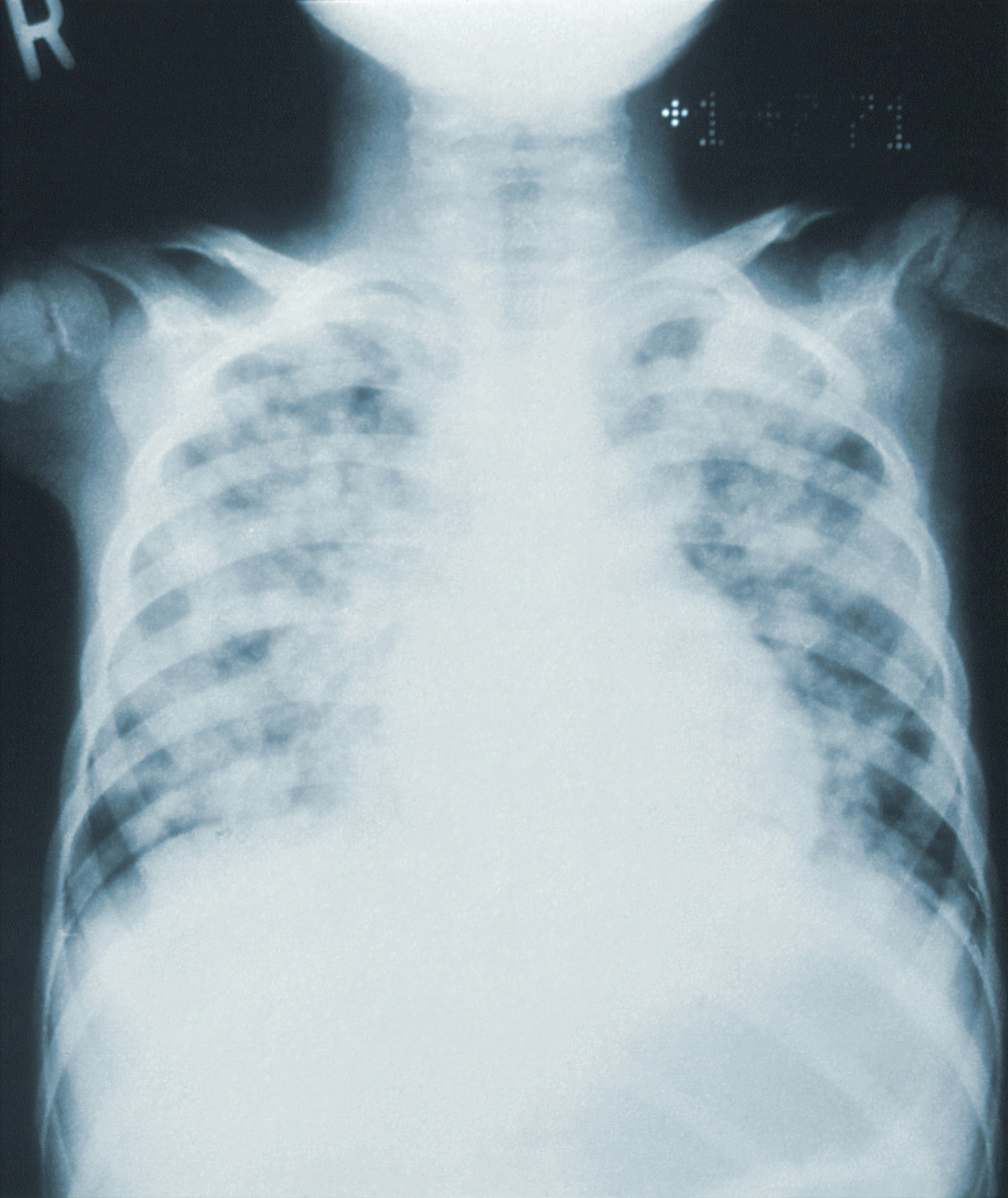LEVO-CTS

Levosimendan in Patients with Left Ventricular Dysfunction Undergoing Cardiac Surgery
Mehta R. NEJM. March 19 2017. DOI: 10.1056/NEJMoa1616218
Clinical Question
- In patients with a left ventricular ejection fraction (LVEF) ≤35%, undergoing cardiac surgery, does levosimenden compared with placebo reduce the incidence of a composite outcome of:
- death at day 30
- renal replacement therapy (RRT) at day 30
- perioperative myocardial infarct at day 5
- use of mechanical assist device at day 5
Design
- Randomized, multicentre, double-blind, placebo control
- 1:1 ratio to receive levosimendan or placebo. Web-based allocation
- Placebo infusion appeared identical to levosimendan
- The primary end point was determined on the modified intention to treat group and adjusted for trial group, surgery type, LVEF, age and sex
- There was missing data for 7 patients in the levosimendan group and 11 patients in the placebo group and these were analysed as not having had an event
- Sample size was based on an assumed event rate of the four-component end point of 32% in the placebo group, a 35% lower risk with levosimendan than with placebo and a significance level of 0.01. A sample size of 760 patients was calculated to provide 80% power
Setting
- 70 sites in the US and Canada
- September 2014 – November 2016
Population
- Inclusion: all patients ≥18 years, undergoing cardiac surgery (on bypass) with LVEF ≤35%. The surgery could be coronary-artery bypass grafting (CABG), CABG + aortic-valve surgery, isolated mitral-valve surgery or any combination of these
- Exclusion criteria included:
- Restrictive/obstructive cardiomyopathy, constrictive/restrictive pericarditis, pericardial tamponade
- Systemic infection
- Dialysis at randomization
- eGFR < 30
- Weight > 170kg
- Heart Rate > 120bpm for >10minutes
- Haemoglobin < 80g/L
- Serum potassium <3.5mmol/L or >5.5mmol/L
- History of Torsades de Pointes
- Mechanical assist device placed pre-surgery
- Patients with femoral occlusive disease
- Liver dysfunction (Child Pugh Class B or C)
- Immune compromise, pregnancy
- 882 people randomized. 442 assigned to receive levosimendan (intention to treat population) with 428 actually receiving it (modified ITT). 440 assigned to receive placebo (ITT population) with 421 actually receiving it (modified ITT)
- Baseline characteristics were similar between the two groups with the authors noting many had multiple co-morbidities and median LVEF 27%. Isolated CABG accounted for 2/3rds of the surgical cases
Intervention
- Levosimendan was commenced just before surgery, after the arterial line was inserted and before knife to skin. The starting dose was 0.2ug/kg/min for 1 hour then 0.1ug/kg/min for 23 hours.
Control
- A placebo (indistinguishable from the levosimendan) was run at the same rate for the same duration
In Both Groups
- Use of other medications including vasopressors and other inotropes, was left to the treating team to prescribe as indicated
Outcome
- Primary outcome: No statistical difference in either 4 point and 2 point composite endpoints
- 4 point composite endpoint:
- death at day 30, RRT at day 30, perioperative myocardial infarct at day 5 (CKMB > 100ng/ml or 10x upper limit of normal), OR use of a mechanical assist device (IABP, ECMO, VAD)
- 24.5% (105 patients) in the levosimendan group and 24.5% (103 patients) in the placebo group (adjusted OR 1.0, 99% CI 0.66-1.54; P=0.98)
- 2 point composite endpoint:
- death at day 30 or use of a mechanical assist device
- 13.1% (56 patients) in levosimendan group and 11.4% (48 patients) in the placebo group (adjusted OR 1.18, 96% CI 0.76-1.82; P=0.45)
- 4 point composite endpoint:
- Secondary Outcomes:
- No statistical difference in ICU length of stay; rehospitalisation at 30 days; death at 90 days; any adverse events
- Fewer patients in the levosimendan group had a low cardiac output state (18.2% vs 25.7%) and the need for other inotropes beyond 24 hours after the initiation of the infusion (54.9% vs 62.7%)
Authors’ Conclusions
- Prophylactic levosimendan compared to placebo, in patients with reduced LVEF undergoing cardiac surgery on bypass, did not result in a lower rate of the composite endpoint of death, renal replacement therapy, infarct OR need for a mechanical cardiac assist device
Strengths
- Robust design with adherence to all the principles needed to ensure good internal and external validity: modified intention to treat analysis, allocation concealment, blinding and near complete follow-up
- The composite outcome is clinically relevant
- The sample size was increased part way through the trial when the composite event rate among the first 600 patients was found to be lower than originally anticipated.
Weaknesses
- The dose of levosimendan (particularly the loading dose) may not have been high enough to make a difference in these groups
- There may be groups not identified in this study that may benefit from levosimendan, for example ultra-low ejection fraction patients
- The composite end point reduces the usefulness of the results but 3000 patients would be needed to assess a mortality difference
- This article did not outline a cost comparison. Levosimendan is expensive and with no statistical difference in outcomes, this needs to be considered
The Bottom Line
- Levosimendan does not have any clinical outcome benefit, when used as a prophylactic agent, in patients with poor left ventricular ejection fraction undergoing cardiac surgery on bypass
External Links
- [article] Levosimendan in Patients with Left Ventricular Dysfunction Undergoing Cardiac Surgery
- [further reading] Levosimendan for Hemodynamic Support after Cardiac Surgery
- [further reading] LEOPARDS Trial; The Bottom Line review of Levosimendan in Septic Shock
- [further reading] Effects of Levosimendan on Patients with Heart Failure Complicating Acute Coronary Syndrome: A Meta-Analysis of Randomized Controlled Trials
Metadata
Summary author: Celia Bradford
Summary date: March 23 2017
Peer-review editor: Steve Mathieu




Pingback: CHEETAH – The Bottom Line
Pingback: LITFL Review 276 • LITFL • Life in the Fast Lane Medical Blog